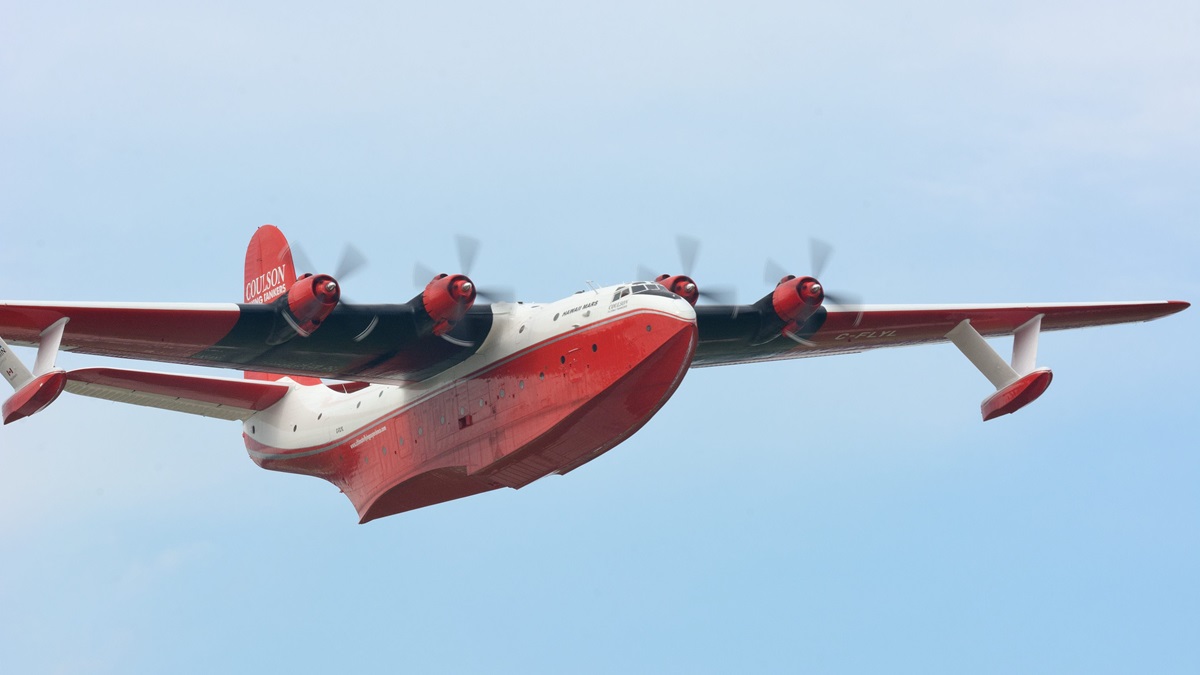Top stories of 2016
The stories that captivated AOPA members in 2016 touched the core of what’s important to pilots—being fit to fly; becoming better, safer aviators; saving airports; and learning about unique aircraft. Here’s a look at the top 10 most popular stories from the year.
Third class medical reform
 Pilots closely tracked progress of third class medical reform as it worked its way through the House and Senate and President Barack Obama signed it into law. Once the FAA releases the regulation in 2017, pilots will be able to fly up to five passengers in aircraft with up to six seats and weighing up to 6,000 pounds, day or night, VFR or IFR, at altitudes up to 18,000 feet msl, and speeds up to 250 knots indicated as long as they are not operating for compensation or hire and have had a valid medical certificate any time in the decade prior to July 15, 2016.
Pilots closely tracked progress of third class medical reform as it worked its way through the House and Senate and President Barack Obama signed it into law. Once the FAA releases the regulation in 2017, pilots will be able to fly up to five passengers in aircraft with up to six seats and weighing up to 6,000 pounds, day or night, VFR or IFR, at altitudes up to 18,000 feet msl, and speeds up to 250 knots indicated as long as they are not operating for compensation or hire and have had a valid medical certificate any time in the decade prior to July 15, 2016.
As AOPA has previously reported, “The 10-year lookback period applies to both regular and special issuance medicals. Pilots whose most recent medical certificate was revoked, suspended, withdrawn, or denied will need to obtain a new medical certificate before they can operate under the reforms. Pilots who have never held an FAA medical certificate, including student pilots, will need to go through the process one time only.” The new law also requires pilots to take a free online medical course every two years. AOPA is working with the FAA to offer that course. And, pilots must see their private physician for a physical exam at least once every four years and keep a copy of the exam checklist in their logbook. The association created a popular frequently-asked-questions page to guide pilots through the changes.
‘Fearless’ student lands safely after engine failure
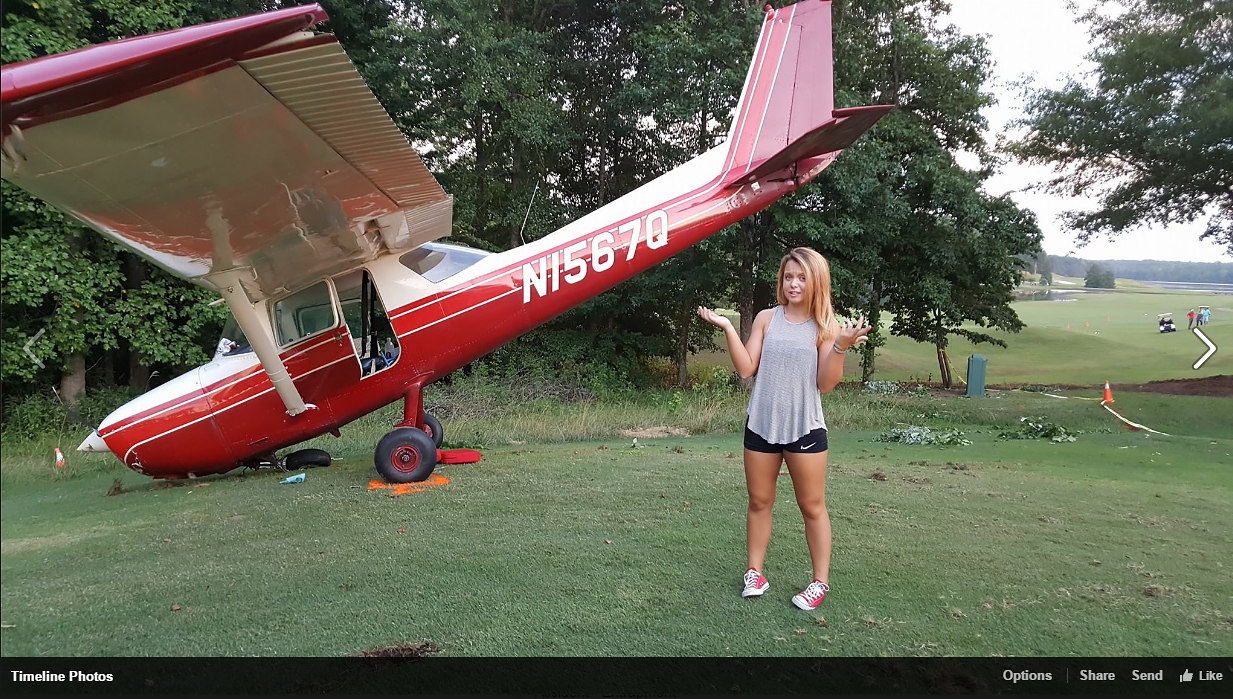 One of the more difficult emergencies a pilot can face is an engine failure shortly after takeoff. Student pilot Sierra Lund faced such a scenario after launching on a solo cross-country in a Cessna 150. The aircraft’s engine quit about 400 feet agl after takeoff from Georgia’s Falcon Field near Atlanta, and Lund acted quickly to land safely on a golf course.
One of the more difficult emergencies a pilot can face is an engine failure shortly after takeoff. Student pilot Sierra Lund faced such a scenario after launching on a solo cross-country in a Cessna 150. The aircraft’s engine quit about 400 feet agl after takeoff from Georgia’s Falcon Field near Atlanta, and Lund acted quickly to land safely on a golf course.
New traffic pattern studied
 On every flight, pilots fly a traffic pattern, or at least a segment of it, so the announcement that the AOPA Air Safety Institute and the University of North Dakota are studying a new continuous turning approach, known as a circular pattern, sparked interest. The university is studying the pattern, tracking differences between the two patterns and analyzing bank angle, airspeed, runway overshoots, and other variables. The results of the study should be released in 2017.
On every flight, pilots fly a traffic pattern, or at least a segment of it, so the announcement that the AOPA Air Safety Institute and the University of North Dakota are studying a new continuous turning approach, known as a circular pattern, sparked interest. The university is studying the pattern, tracking differences between the two patterns and analyzing bank angle, airspeed, runway overshoots, and other variables. The results of the study should be released in 2017.
Remembering Bob Hoover
 The aviation community mourned the loss of famed aviator, showman, and gentleman Bob Hoover, who died Oct. 25 at the age of 94. Hoover learned to fly as a teenager, taught himself aerobatics, and became a World War II fighter pilot, a backup for test pilot Chuck Yeager, and an airshow performer who inspired generations of pilots. He was known for wearing a Panama hat and performing aerobatic routines in a Shrike Commander. Hoover always took time to encourage prospective pilots and share tales of his flying days. Notables throughout the aviation community gathered to pay tribute to Hoover in November.
The aviation community mourned the loss of famed aviator, showman, and gentleman Bob Hoover, who died Oct. 25 at the age of 94. Hoover learned to fly as a teenager, taught himself aerobatics, and became a World War II fighter pilot, a backup for test pilot Chuck Yeager, and an airshow performer who inspired generations of pilots. He was known for wearing a Panama hat and performing aerobatic routines in a Shrike Commander. Hoover always took time to encourage prospective pilots and share tales of his flying days. Notables throughout the aviation community gathered to pay tribute to Hoover in November.
Backcountry surprise
 FAA certification of CubCrafters’ XCub unleashed a wave of excitement across the general aviation community this summer. “The XCub is a modern, highly refined adventure machine that takes the Super Cub line as far as it can logically go given the limits of current materials and FAA certification,” AOPA Editor at Large Dave Hirschman concluded after flying the backcountry airplane in June. Hirschman noted that while the aircraft has a top true airspeed of 153 mph in level flight, it can be slowed to 120 mph to cut fuel burn to 6 gph for an eight-hour endurance.
FAA certification of CubCrafters’ XCub unleashed a wave of excitement across the general aviation community this summer. “The XCub is a modern, highly refined adventure machine that takes the Super Cub line as far as it can logically go given the limits of current materials and FAA certification,” AOPA Editor at Large Dave Hirschman concluded after flying the backcountry airplane in June. Hirschman noted that while the aircraft has a top true airspeed of 153 mph in level flight, it can be slowed to 120 mph to cut fuel burn to 6 gph for an eight-hour endurance.
Pilots unaware before midair
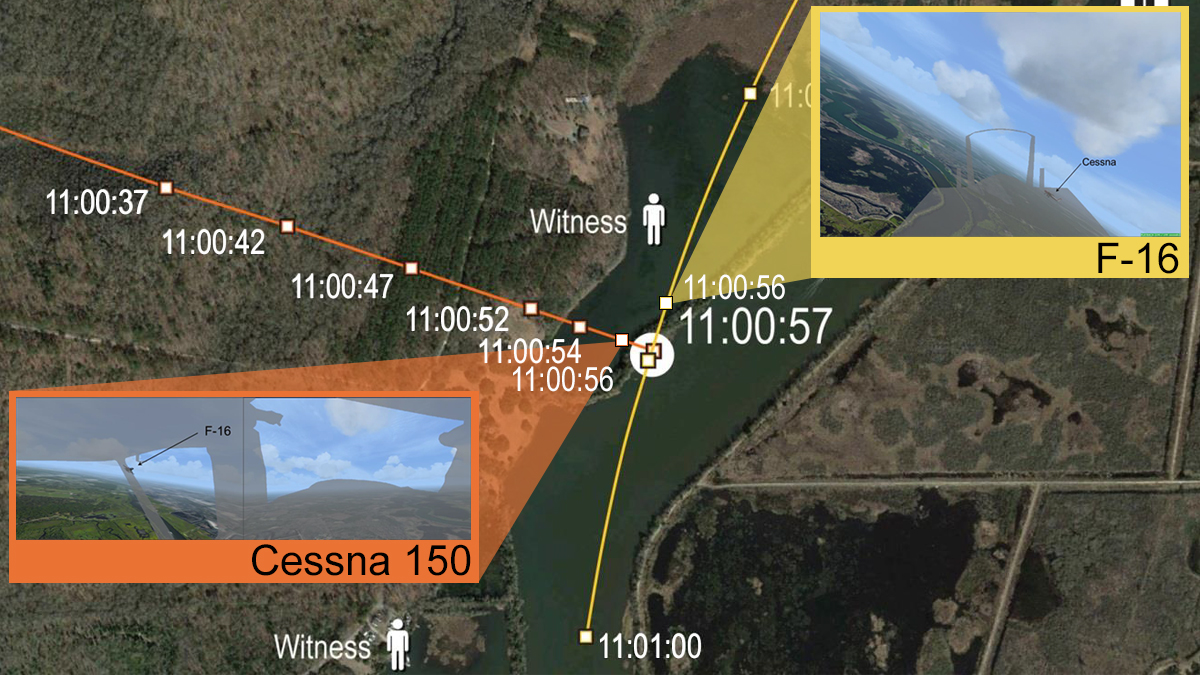 The National Transportation Safety Board released a 100-page report Oct. 31 detailing the July 2015 midair collision between an F-16 and a Cessna 150 that claimed the lives of the pilot and passenger in the Cessna. Could the pilots have seen each other? Could better cockpit technology in either aircraft have helped prevent the accident? Who was at fault? The NTSB noted later in its probable cause that it was likely the pilots couldn’t have seen each other in enough time to prevent the accident and that onboard traffic equipment would have helped prevent the accident. After the 2015 accident, the AOPA Air Safety Institute called for the FAA to make traffic data available to all pilots who use Automatic Dependent Surveillance-Broadcast In systems, including portable devices.
The National Transportation Safety Board released a 100-page report Oct. 31 detailing the July 2015 midair collision between an F-16 and a Cessna 150 that claimed the lives of the pilot and passenger in the Cessna. Could the pilots have seen each other? Could better cockpit technology in either aircraft have helped prevent the accident? Who was at fault? The NTSB noted later in its probable cause that it was likely the pilots couldn’t have seen each other in enough time to prevent the accident and that onboard traffic equipment would have helped prevent the accident. After the 2015 accident, the AOPA Air Safety Institute called for the FAA to make traffic data available to all pilots who use Automatic Dependent Surveillance-Broadcast In systems, including portable devices.
Battle for Santa Monica
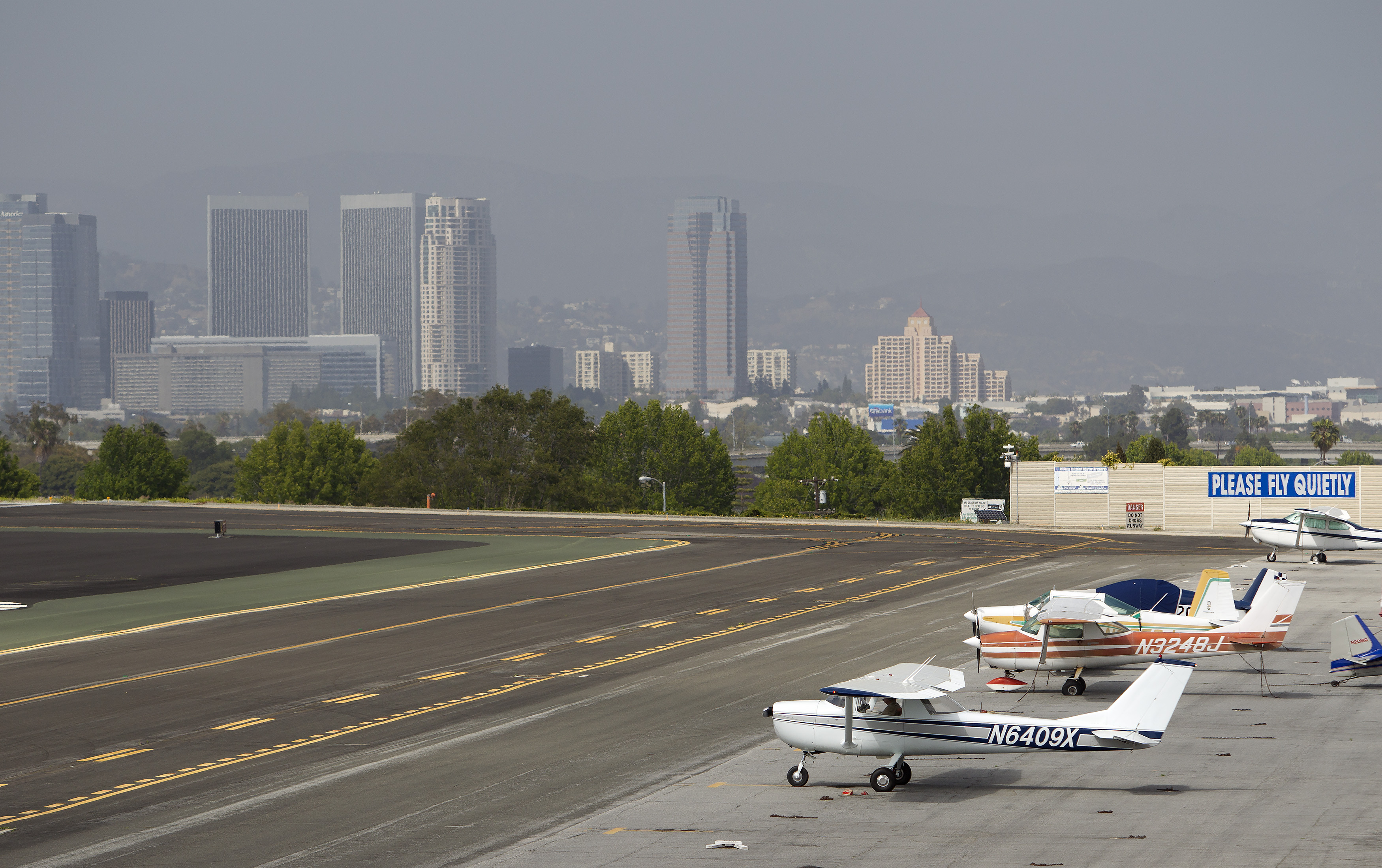 Like a soap opera written specifically for pilots, the public battle for Santa Monica Municipal Airport in Southern California continued to garner national attention because of the precedent the airport’s fate could set for airports nationwide. In September, Santa Monica city officials issued eviction notices to Atlantic Aviation and American Flyers, the airport’s two fixed-base operators. The notices came two weeks after the FAA had stated that the airport must be operated on “fair and reasonable terms” until 2023 at a minimum. The FAA quickly fired back at the city, demanding answers, issuing subpoenas, and launching an investigation into the eviction notices; in December, the agency issued a cease-and-desist order to city officials. AOPA continues its longstanding advocacy efforts for Santa Monica Municipal Airport.
Like a soap opera written specifically for pilots, the public battle for Santa Monica Municipal Airport in Southern California continued to garner national attention because of the precedent the airport’s fate could set for airports nationwide. In September, Santa Monica city officials issued eviction notices to Atlantic Aviation and American Flyers, the airport’s two fixed-base operators. The notices came two weeks after the FAA had stated that the airport must be operated on “fair and reasonable terms” until 2023 at a minimum. The FAA quickly fired back at the city, demanding answers, issuing subpoenas, and launching an investigation into the eviction notices; in December, the agency issued a cease-and-desist order to city officials. AOPA continues its longstanding advocacy efforts for Santa Monica Municipal Airport.
Slow flight safety alert
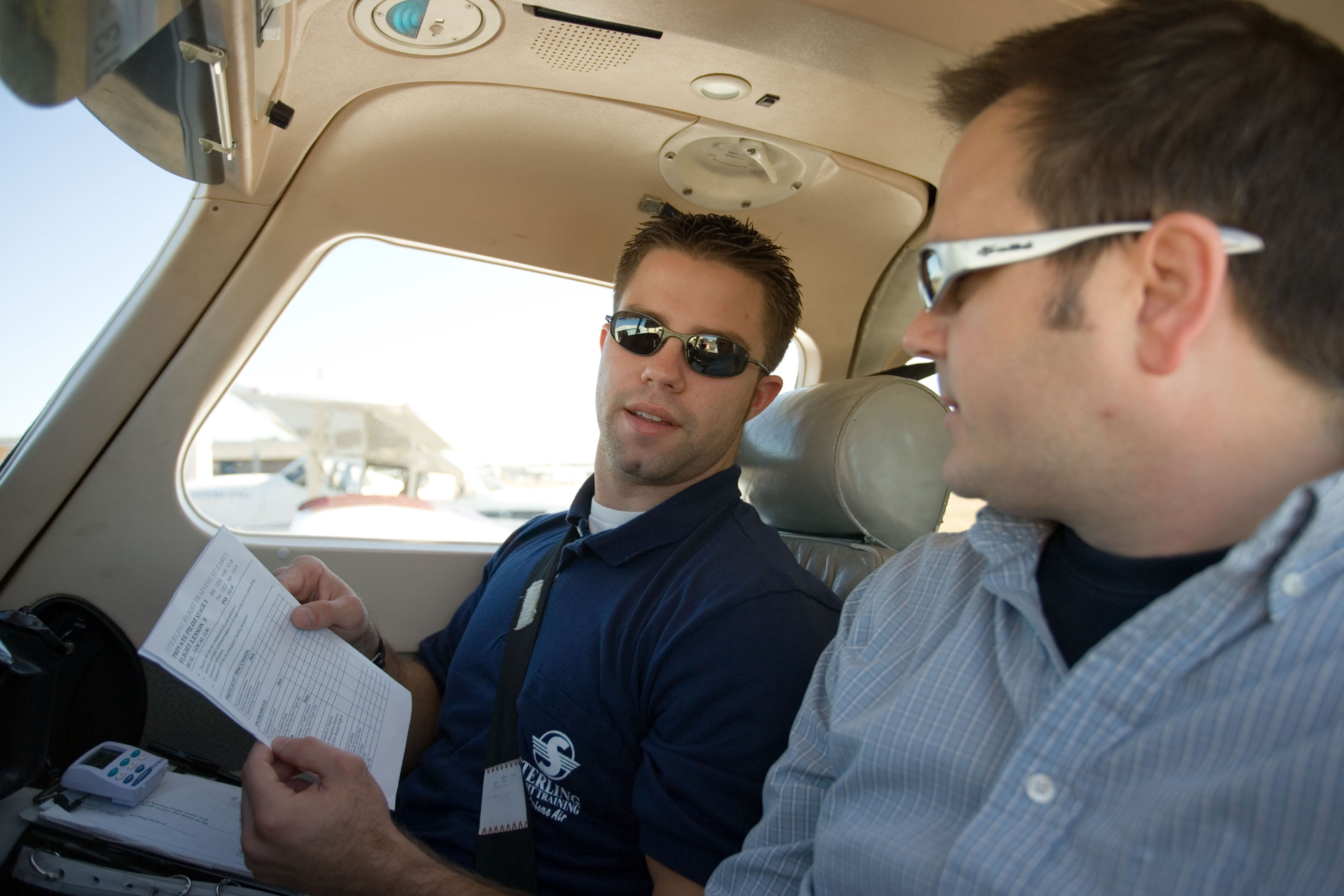
The FAA issued a safety alert this fall detailing how slow flight will be tested during private pilot practical exams under the new airman certification standards that went into effect earlier this year.
First Air Force One flies again
 The Lockheed Constellation dubbed Columbine II served as the first Air Force One and flew President Dwight D. Eisenhower. The government sold the aircraft in 1968, and it was used for parts. Once its identity was discovered, an effort began to restore the aircraft and fly it again. The Columbine II started flying in 1990 but sat after 1995 until it made a highly publicized repositioning flight from Arizona to its new home in Virginia in March.
The Lockheed Constellation dubbed Columbine II served as the first Air Force One and flew President Dwight D. Eisenhower. The government sold the aircraft in 1968, and it was used for parts. Once its identity was discovered, an effort began to restore the aircraft and fly it again. The Columbine II started flying in 1990 but sat after 1995 until it made a highly publicized repositioning flight from Arizona to its new home in Virginia in March.
Meet the Mars
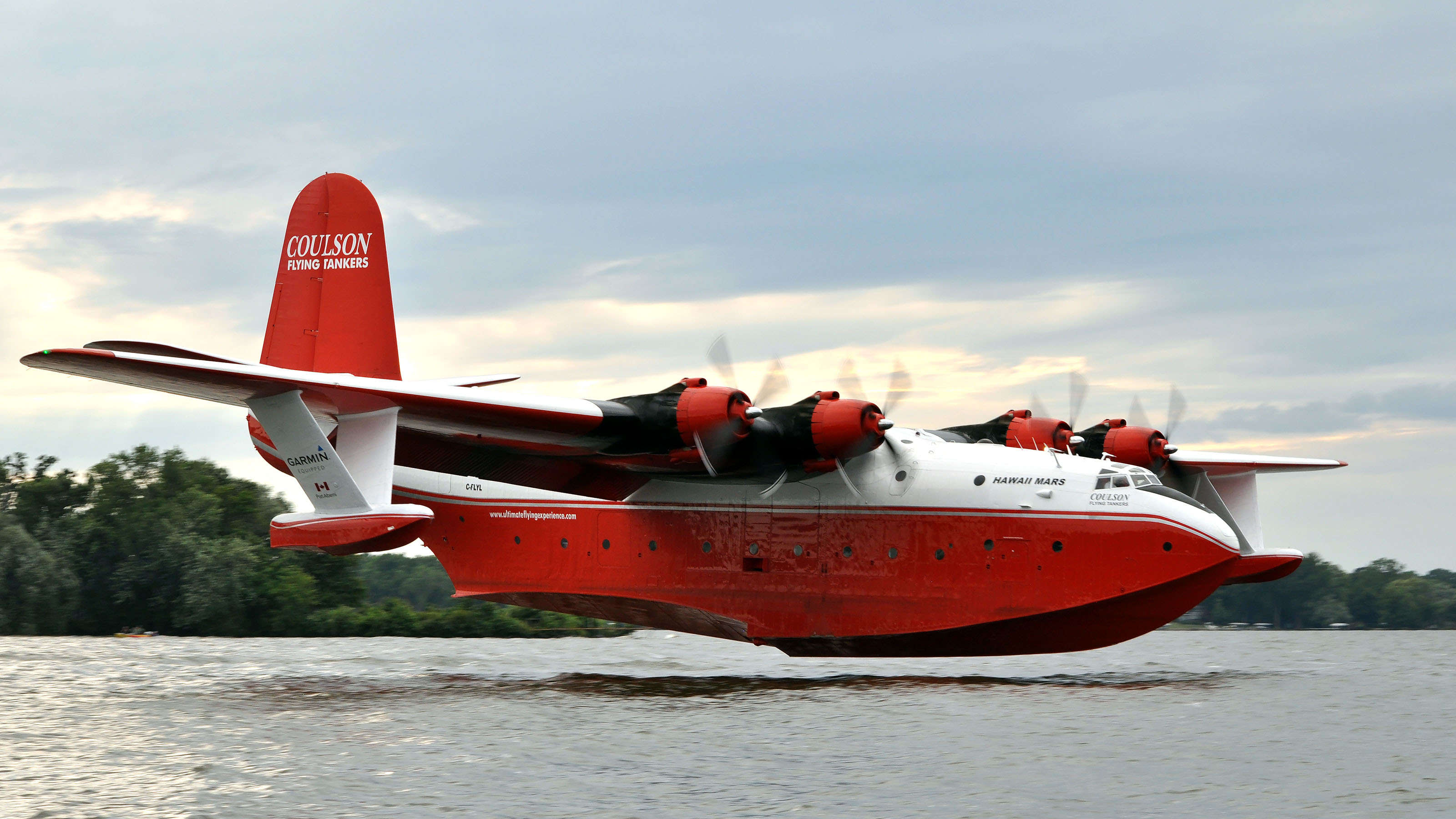 The Martin Mars took EAA AirVenture by storm this year, wowing attendees with its size and capability to drop 7,200 gallons of water to help fight wildfires. Pilots got a behind-the-scenes look climbing through the aircraft with AOPA Technical Editor Mike Collins.
The Martin Mars took EAA AirVenture by storm this year, wowing attendees with its size and capability to drop 7,200 gallons of water to help fight wildfires. Pilots got a behind-the-scenes look climbing through the aircraft with AOPA Technical Editor Mike Collins.

